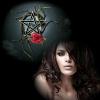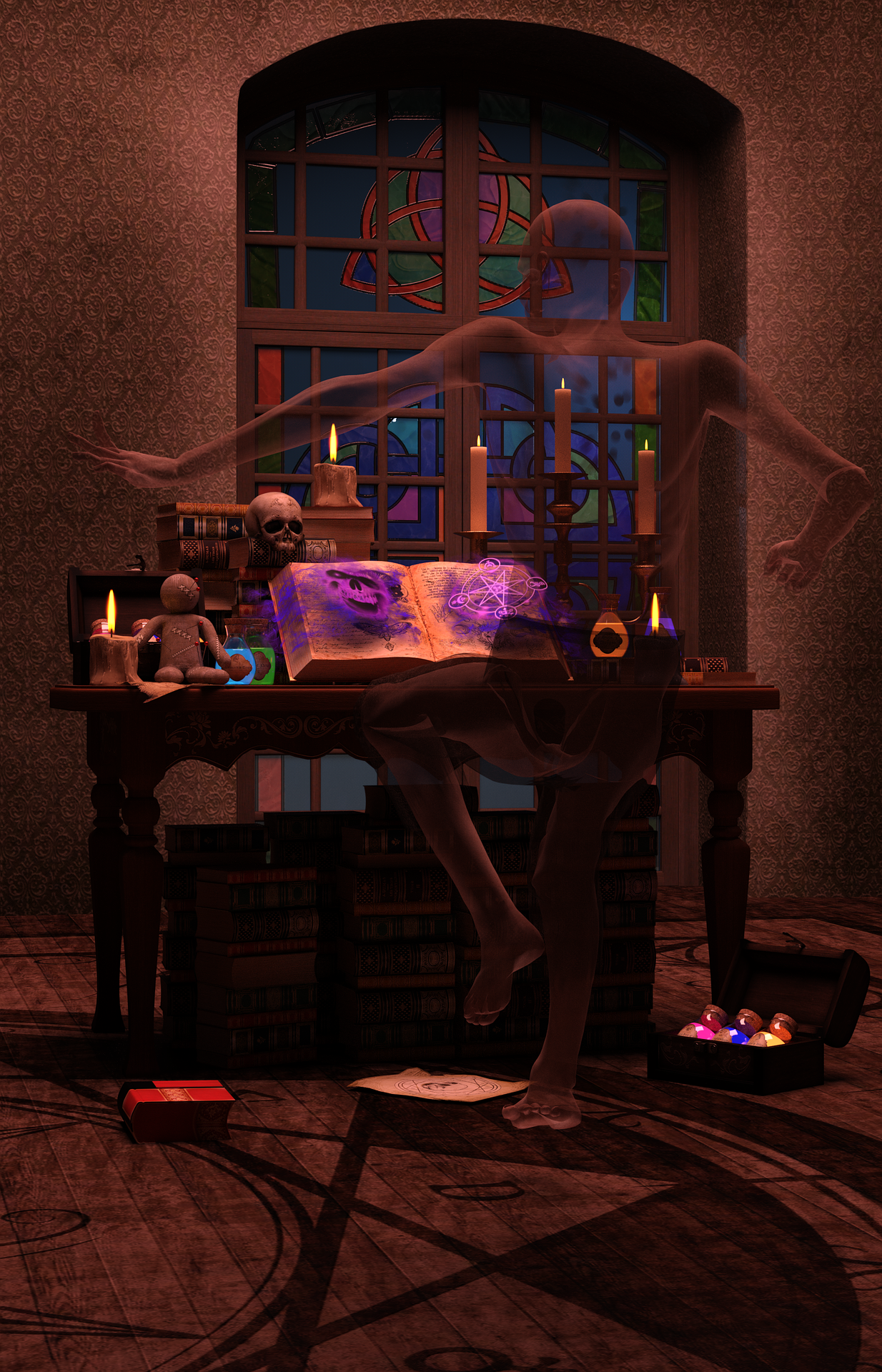 Submitted by Aradia on
Submitted by Aradia on

10 Favorite Spirits from an Oxford Magical Manuscript, and 1 To Avoid ...
So much of today's ceremonial magic is based on the model of the Goetia, the book edited by MacGregor Mathers and Aleister Crowley. The Goetia is centered upon a list of seventy-two spirits, commanding multiple legions of spirits. Each spirit possesses an office such as duke or president, and a set of services they can perform for the magician.
Since then, many other examples of spirit lists have been published. For example, the spirit list in The Book of Oberon includes three figures at the top of the hierarchy omitted from the list in the Goetia, as well as several interesting variations and additions to that list. Yet this is only the first part of the story. Many manuscripts have other lists, solitary sigils, marginal notes, and operations dedicated to particular spirits, all of which detail spirits that could become part of a magician's practice.
The Bodleian Library owns one of many manuscripts, e Musaeo 173. ("e Musaeo" means "out of the cupboard." This designated a collection of miscellaneous manuscripts once kept in a cupboard in the librarian's office. When they were removed to be placed with the other manuscripts, the librarians gave the collection a new name that reflected its previous location.) This book, Of Angels, Demons & Spirits, contains a panoply of magical procedures for all manner of purposes—love, healing, treasure, knowledge, and many others.
Below are ten of my favorite spirits from Of Angels, Demons & Spirits, along with one best avoided. Neither Llewellyn nor I guarantee that any of these spirits will do what they say, or even show up…
[Last place] Benias: Benias is a spirit bound to a book and called upon to incite love in the magician's target. He became famous for being called by John Lambe, a famous magician. Lambe got into trouble in Worcester for summoning spirits, including Benias, and eventually finagled himself a transfer to a London jail. Once in the city, due to the liberalities permitted some prisoners, he continued to ply his trade, gaining the ears of the great and powerful—possibly including the Duke of Buckingham, the king's favorite.
Soon Lambe earned the wrath of the people of London—maybe because of his support for Buckingham, maybe because he was a horrible person. No matter the reason, a mob accosted him after he attended the theater, beating him so severely he died of the injuries. Benias must have taken the day off. In any case, he doesn't seem to have done too well at his job, leading to his status at the end of his list.
[10] Mosacus: One of my favorites from The Book of Oberon, he appears therein as a monstrous elephant-trunked creature with all manner of animal heads all over the body. In a rite in this book, he appears in a friendlier form: a little red-haired boy, hovering just a little above the ground. The book promises he can do more in a day than the magician in seven years. Sounds like a good deal.
[9] Marog: A spirit in charge of swiftness and tardiness. He can paralyze a person and prevent them from moving until the magician wills. He can even stop ships dead in the ocean. Does this work on cars, buses, and trains? If so, he's the spirit who can give you a legitimate excuse for being late to work.
[8] Zorobaym: Another spirit who inspires love, this one is notable for being imprisoned in a book, from which he is called. The Fourth Book, attributed to Agrippa, discusses how to create a book of spirits, enchanted to hold their seals so they may be called forth at the magician's will. This seems to be one designated for just such a task, and he doesn't have the bad reputation of Benias.
[7] Uleos: The commander of a set of spirits dedicated to making clothing. If you need a wardrobe upgrade, he might be the one to talk to, as he can create wonderful clothes quickly.
[6] Cantivalerion: Appearing in The Book of Oberon as Tantavalerion, he's listed as the emperor of all demons. Most attention has fastened upon the trinity of devils at the head of the spirit list, so Cantivalerion has gotten less respect than his status would indicate.
[5] Abermo: Who doesn't need more books? Abermo and his fellow spirits are here to help. The magician should show up with his book of spells, as well as the paper for the books. Supposedly they will create a beautiful book, appearing however the magician desires it. It remains curiously silent on the contents of the book, which prevents him from being rated more highly.
[4] The Seven Sisters: These seven spirits originally appear in medieval documents as seven names of fevers to be fought off with charms. By the sixteenth century, they had turned into seven fairies who guarded treasure. Only a brave magician with the right incantations could send them away and open the path to riches.
[3] Oberion: One letter off from the fairy king from A Midsummer Night's Dream, our fairy regent appears here again. In Of Angels, Demons & Spirits, we have another ritual to summon him—but this one is only a little longer than a page, much shorter than those in The Book of Oberon.
[2] Sezel/Azazel: This spirit has dominion over the bones of the spirits of the dead. The magician is to call upon him when present in the graveyard, so that the ghost will be released to speak with the magician. After that, a handful of graveyard dirt is all that is needed. If the magician sleeps with the soil under his or her ear, Sezel will send the spirit. In other manuscripts, the same spirit is known as Azazel, the spirit to whom Moses would dedicate a goat that would wander into the wilderness.
[1] Nereus: This spirit and his subordinates can bring the dead back to life—or so we are told. After anointing the fingernails and toenails of the body with oil, the magician opens his or her book and calls upon Nereus. If successful, the body walks for forty-four days, after which it returns to the grave. After Of Angels, Demons & Spirits is published, I suppose I'm going to have to take ownership of any forty-four day zombie outbreaks...
Daniel Harms - (Upstate New York) holds two masters’ degrees, one in anthropology and one in library and information science. His major area of research is magic from antiquity to the present, and he has been published in the Journal for the Academic Study of Magic and the Journal of Scholarly Publishing. Harms is also the author of two books on horror fiction and folklore.
https://www.llewellyn.com/journal/article/2735
Copyright © 02-18-2019, Llewellyn Worldwide Ltd.
- 551 reads